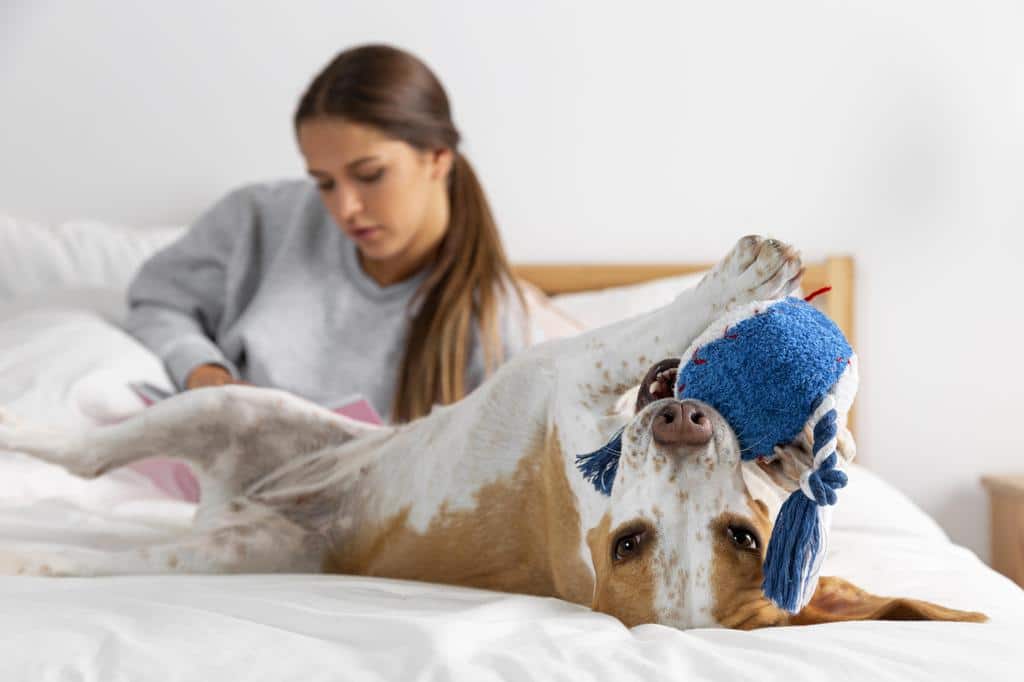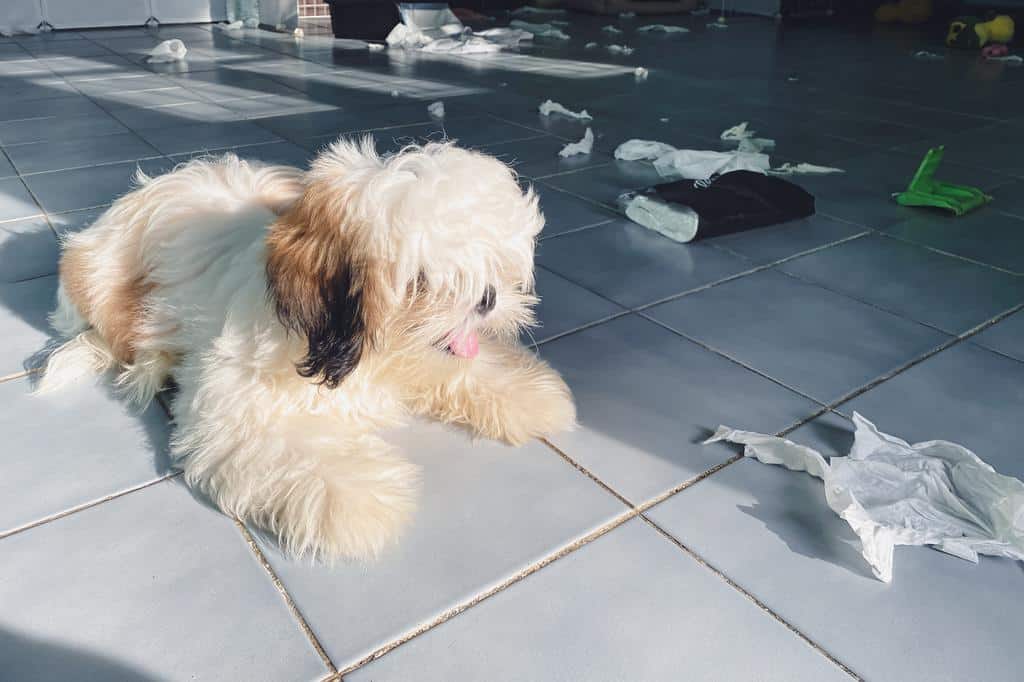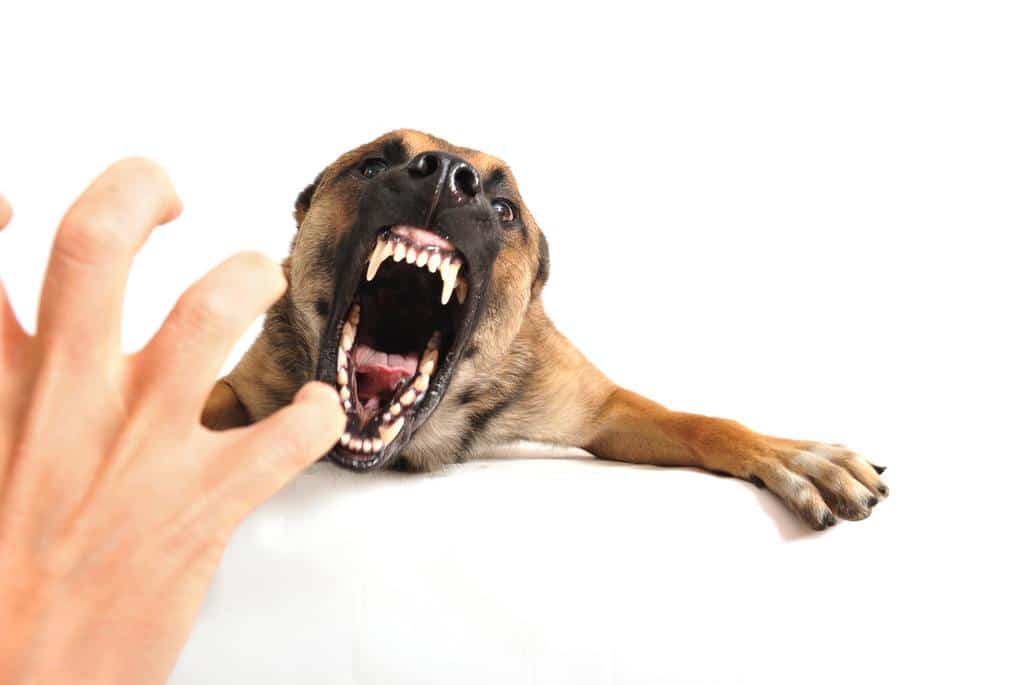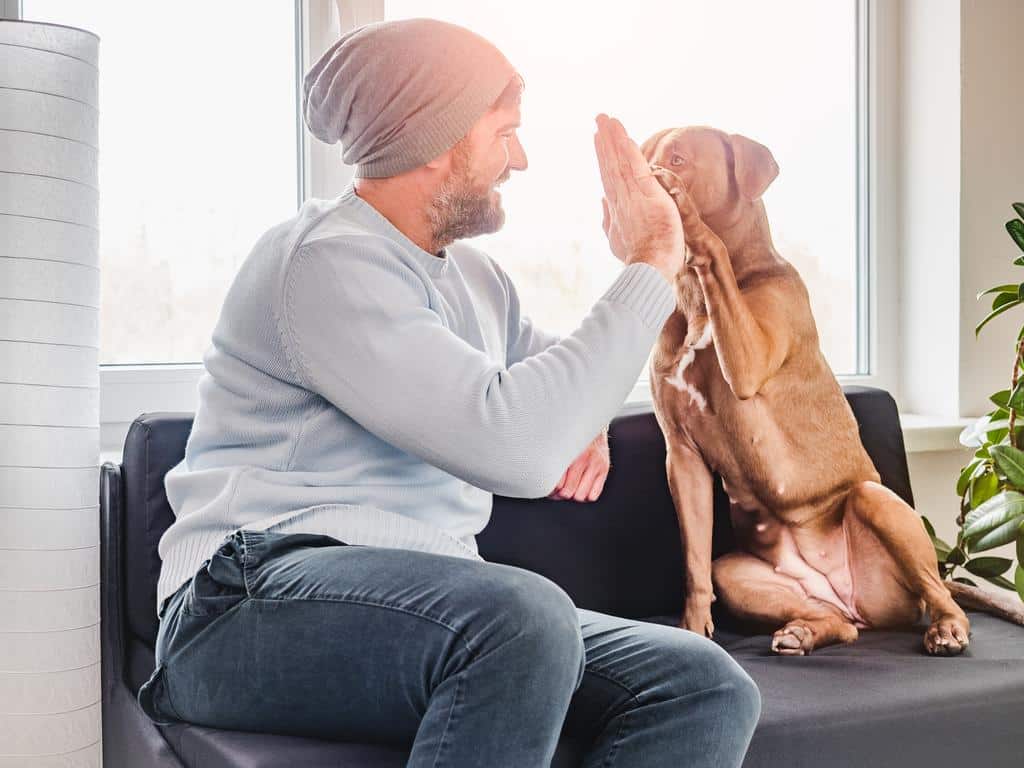Surviving Your Pup’s Adolescent Behavior
Canine adolescence is a difficult time for both children and dogs. For puppies, it’s usually defined as the period from four months to two years of life; however this might just be an extension into adulthood due to their behavior patterns during these early stages being similar between human adolescents.

Managing your puppy’s adolescence
People have been buying and adopting pups in droves over the previous few years as they sought company during the lockdown. Fast forward to now, and many of those pups are reaching their first birthdays and puberty – their troubled adolescent years!
The first anniversary can be a challenging time in your puppy’s development, so keep reading to learn more about managing your pet as it grows from a puppy to an adult dog.
Understanding Dog Adolescence
Canine Adolescence signifies the transition from puppy to adulthood. It can begin between six and twelve months in dogs and last between 18 and 24 months. There are significant hormone changes and brain reorganization throughout this period.

Do dogs have a rebellious stage?
Adolescent dogs may act less obedient due to hormonal changes. But instead, what’s happening is that they’re becoming more driven to explore, interact, and run and have an immense urge to interact with their surroundings and the people in them.
Adolescent canines, like human teens, have the energy and ambition to accomplish more. More play and more engagement with their buddies (humans and non-humans! ), but they lack the knowledge and experience to think about and regulate their actions and emotions.
Because teenage dogs are more lively and engaging, they can quickly become agitated when requested to stop doing something or to quiet down – even in instances when they were previously ‘obedient’ and responded instantly.
Unfortunately, owners frequently mistake this type of shift as the dog being stubborn or attempting to demonstrate authority rather than knowing that their dog is struggling to manage their emotions.

Adolescence in dogs may be frustrating.
Depending on their temperament (or personality), some dogs may feel irritated when they don’t receive what they want. Because frustration is a negative emotion, it can lead to negatively motivated behavior. Unwanted behavior involves excessive barking and obnoxious behaviors like leaping up, clawing, nipping, biting the lead, and even violence.
It’s hardly surprising, therefore, that many owners report significant improvements in their dogs’ behavior. Unfortunately, puberty is a time when some puppies are rehomed. The good news is that this era of bad behavior does pass, and we’ve compiled some helpful hints to assist you in getting through this challenging ‘teenage’ stage.
Dealing with teenage dog behavior: four tips to assist you and your pet
Rather than controlling an adolescent dog, we should consider how to meet their physical and behavioral requirements.
According to research, teenage dogs’ learning ability is superior to that of adult dogs or puppies; therefore, the best thing to do is to direct part of their energy into organized play and exercise sessions, such as searching games, scent puzzles, and long walks in peaceful regions.
We must also consider how we might avoid circumstances in which our dog becomes overly excited or irritated. We may do this by providing them with activities before the event or by providing them with something to do that will help them cope with frustration.

Four things to consider helping your dog with their manners
1. Avoid dinnertime frustration.
When people eat, dogs in general, young puppies in particular, get frustrated. They may hop, bark, or scratch because they want the meal but cannot partake. You may reduce their annoyance by feeding your pet before you eat and then providing them with something to chew on, like a dog puzzle, while you eat.
2. Keep your dog entertained.
It can sometimes be annoying not to be able to catch people’s attention, yet predictability is the most excellent method to minimize dissatisfaction. Try incorporating more interactive activities into your dog’s routine, such as playing with a ball or a frisbee or concealing something for your dog to locate.
Remember to offer clues regarding when the play session begins and ends. For example, you may say “playtime” to the dog or show them a toy. Then, when you’re done playing, say “end” and oppositely throw the toy, or remove it and give your dog something to do. Teaching your dog cues is excellent for reducing frustration at the end of a fun activity. You may also sprinkle some goodies or provide your dog with something to gnaw on.
3. Do not scold your dog.
If your dog were used to playing with other dogs but became too noisy or hostile, yelling at them would only worsen matters. Instead of reprimanding your dog, try distracting them and removing them from the issue with a pleasant voice.
If your dog has dog buddies, you may continue to socialize them with the dogs they know while limiting their exposure to other dogs. Avoiding bad experiences in the company of other dogs will assist in keeping the problem from worsening.
4. Keep your dog busy.
Adolescent dogs are full of energy! Longer walks in peaceful locations, a lot of exploring, and just utilizing their nose are some of the most gratifying things for dogs. However, some adolescent dogs appear to become more scared and worried, which may explain why they do not obey their owners’ commands or begin to exhibit behaviors such as destructiveness, home soiling, or excessive barking.
It is critical that young learners not be penalized for their “poor manners.” Telling dogs off, yelling at them, or employing more violent approaches will make them even more terrified and anxious, and their behavior may worsen. In such cases, seek the assistance of a specialist.
What if nothing works with my dog’s behavior?
If nothing seems to be working during this period of canine adolescence, it’s time to seek professional assistance. Bad behavior during the canine adolescence periods can also be caused by an underlying medical or health condition, so have your pet evaluated by a professional first to rule this out. If required, the evaluation professional can send you to a behavior specialist.
To summarize, if your teenage dog appears to have lost their manners, consider providing more pleasant activities, avoiding circumstances that may excite or frustrate them, avoiding punishment, and being patient. This stage will end!
